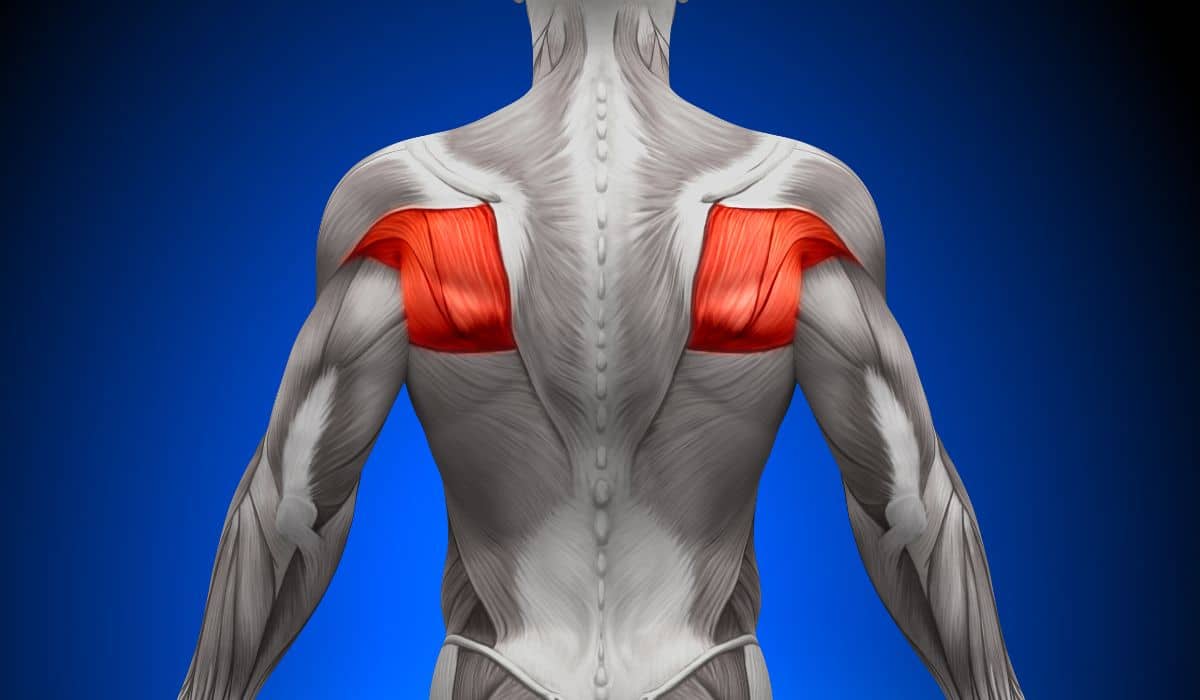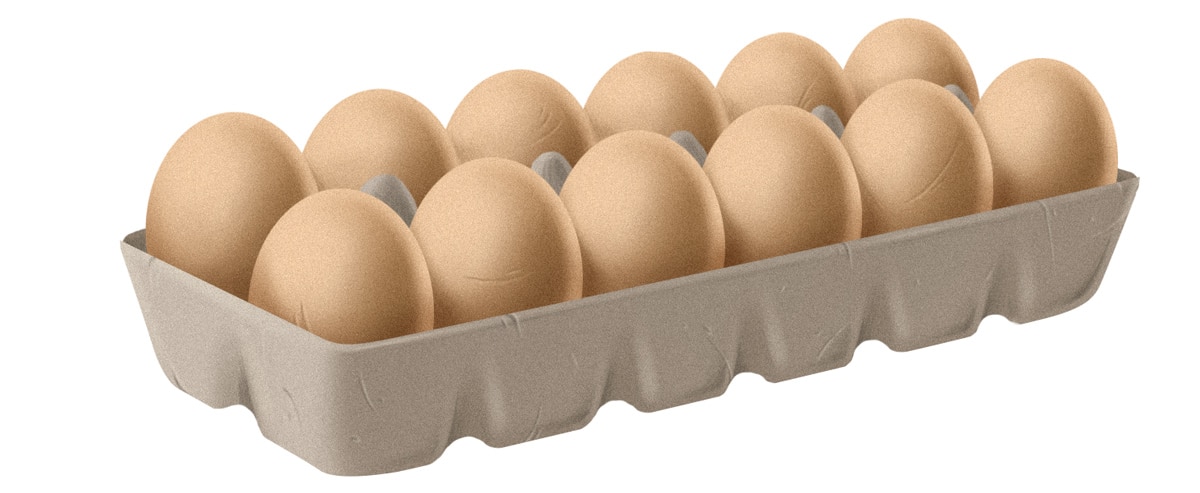
Muscle mass isn’t just for bodybuilders and strength athletes. It’s for everyone.
- If you want to lose weight, maintaining your muscle mass helps prevent metabolic slowdown and make weight maintenance easier once you hit your goal weight. Plus, you look better naked.
- If you want to be healthy, muscle mass is critical, especially for the middle-age-and-over crowd. Muscle improves insulin sensitivity, strengthens bones and reduces the risk of fracture, reduces your risk of weight gain and metabolic disease - you can read all about it here.
- If you want to be strong and/or look good naked, muscle is how you get there. “Toned” = muscle.
Strength training is the best way to stimulate muscle growth, but nutrition is essential for actually getting the most out of that stimulus. And a lot of people don’t really know how to eat for muscle mass gain or maintenance, aside from maybe a vague idea that protein is important. Protein is definitely critical for muscle growth - and to preventing muscle loss during weight loss, but nutrition science can get a lot more precise than just “eat more protein, bro.”
So here’s a look at 4 whole-food Paleo nutrition strategies for better body composition (how much of your body is fat and how much is muscle). Whether you want to gain muscle without a lot of fat or lose weight without breaking down all your muscle mass, you’ll find some good nutritional strategies here.
1. Eat whole eggs (NOT just the whites) and other complete animal proteins.
Egg whites are a bodybuilding staple, but actually, a new study recently found that whole eggs are better for muscle protein synthesis. In other words, if you eat whole eggs after working out, they’ll help you build new muscle mass better than egg whites will.
That’s not just because whole eggs have more calories or fat - when the researchers added extra fat sources to egg whites, they got lackluster results compared to whole eggs. Something specifically about the whole egg is doing the magic here.
In the same vein, the researchers also noted that whole milk seems to be better for muscle growth than skim milk. And in more general terms, studies have repeatedly shown that animal protein (aka meat) beats other types of foods and diets for muscle growth. There’s something about these whole-food animal proteins that seems to be particularly good for increasing muscle mass.
The short version: eat whole eggs, beef, and other complete animal proteins: they’re good for you! How much protein? If you look up some of the studies linked above, they used normal serving sizes of foods (for example, one study gave people "supplements" of about 6 ounces of red meat every day, which they spread out over 2 meals). Paleo isn't really about obsessively counting grams of protein or anything else - these studies of whole foods with human subjects are helpful because they show it's possible to be a little more relaxed and just get a decent serving of animal protein at every meal instead of counting nutrients all the time.
2. Don’t overload on carbs
Whether you want to gain muscle with minimal fat or lose fat while keeping your muscles, it might be helpful to start moderate-carb instead of loading up on brown rice and oats, bodybuilder-style.
Carbs are interesting for muscle growth because dietary carbs increase levels of the hormone insulin. As this review points out, insulin is key for muscle growth. It allows muscle protein synthesis (making new muscle) and also prevents muscle protein breakdown.
So far, so good. But realistically speaking, a lot of people coming to Paleo already have insulin problems and find it helpful to keep carbs low, especially for weight loss. So the question then becomes: how much insulin do you actually need to stimulate muscle growth? And the answer is...not a whole lot. This study, showed that a high-protein, moderate-carb diet (171 grams of carbs per day) worked even better than a higher-carb diet - and didn’t exclude the possibility that even lower-carb might work even better.
Optimizing insulin levels is always going to be a bit of an individual balancing act, but this study indicates that around 150-200 grams of carbs per day might be a good starting point for people who want to (a) lose weight without losing muscle, or (b) gain muscle without gaining a lot of fat. You could easily get that with a Paleo diet including some starchy vegetables like potatoes and sweet potatoes. (Note that if you just want to gain weight as fast as possible, or if you’re doing a whole lot of cardio, you may very well do better with more carbs - the 150-200 is definitely a starting point, not a blanket one-size-fits-all recommendation!)
3. Distribute protein throughout the day.
Now we’ve covered what to eat, how about when to eat it?
The “anabolic window” is a familiar concept to strength athletes - basically the idea is that you have a certain window of time after your workout when eating protein is particularly helpful. But as this study explains:
“...the purported “anabolic window” for protein ingestion lasts at least 24 h (Burd et al., 2011) and does not have as drastic an effect on outcomes as has been believed”

In other words, concentrating protein right after a workout probably isn’t necessary. In fact, this study found that spreading out protein throughout the day stimulated muscle protein synthesis more than eating it all at one meal. This study backed that up for people trying to lose weight, finding that a “protein pacing” approach (basically eating protein at every meal, spread evenly throughout the day).
Protein at every meal is also a good way to control hunger for easier weight loss. So whether you’re trying to gain as much muscle as possible or lose weight while maintaining the muscle that you have, this research suggests that spreading out your protein over the day may be a good strategy.
4. Pick one (or more!): fish, sunlight, vitamin D supplements
Now for the two S's: seafood and sunlight. Nutrition in the Paleolithic didn’t stop with food. Back in the days before electric lighting and 9-to-5 jobs, we spent a lot more time outside getting vitamin D through our skin. And as it turns out, that was probably pretty great for our muscular health as well.
In one interesting study of overweight and obese people doing resistance training, vitamin D supplements seemed to help improve their power output and body composition. And a systematic review found that vitamin D supplementation significantly improved both upper and lower limb strength.
Sunlight is the most efficient way to get vitamin D, but it’s not always possible to get. Fatty fish are a good source of dietary vitamin D, and they might also be helpful for muscle-building because they’re rich in omega-3 fats, which have shown benefits for strength and body composition in a few studies.
Alternately, vitamin D supplements are cheap and available basically everywhere. Fish oil is a little trickier to get, since quality can make such a huge difference, but it’s definitely available if you’re willing to hunt down a good brand.
Essentially, if you can’t eat fish, then getting some essential seafood nutrition (vitamin D and omega-3s) in supplement form might be a good idea.
Bonus tip: don’t overcomplicate it
A strong nutritional game plan is Step 1 on the road to better body composition, more muscle, and less body fat. There’s plenty of research in favor of eating enough protein to support muscle growth, spread out evenly over the day, with enough carbs to encourage muscle protein synthesis without causing metabolic issues or stalling weight loss. There’s enough evidence in favor of seafood/vitamin D/Omega-3 fats to recommend them.
This might seem a little bit basic, but there’s a real danger of getting bogged down in minutiae with sports nutrition - nutrients and supplements go in and out of fashion and it’s hard to tell whether the next best thing really is the best thing for you, or whether it’s just a fad.
One suggestion for balancing it out: start with the basic guidelines above and establish a good foundation - then experiment with extras as you have the time and interest.
What's your favorite "extra" trick for gaining or maintaining lean muscle? Let us know on Facebook or Twitter!





Leave a Reply